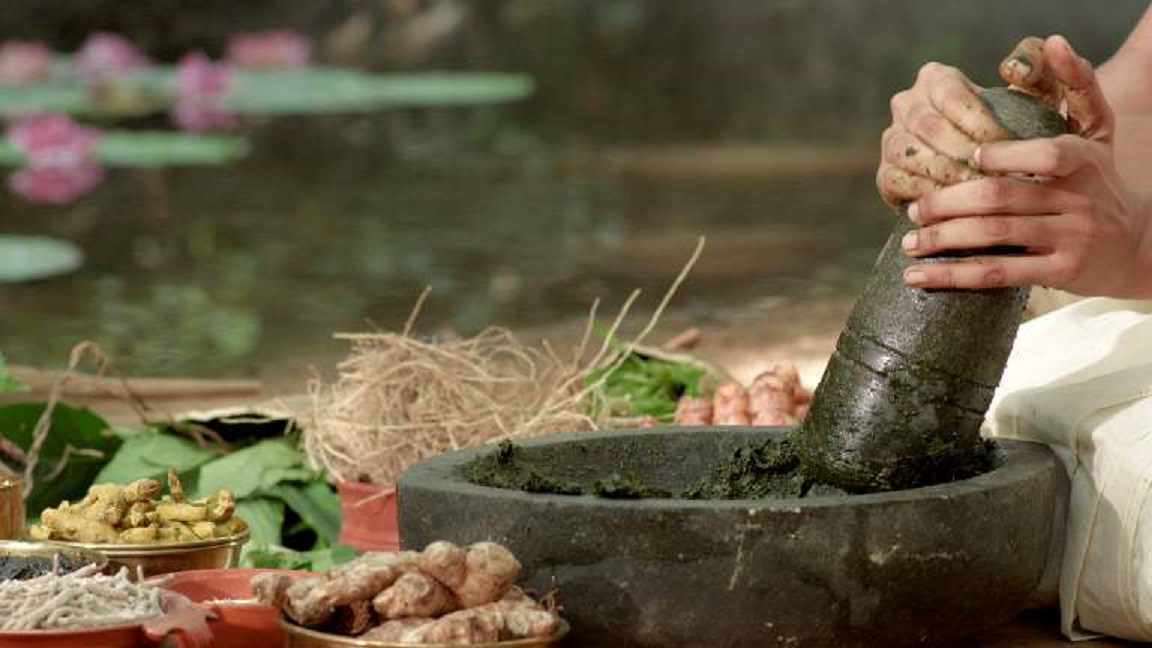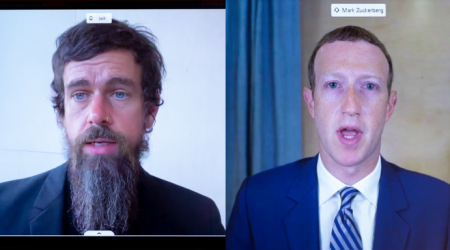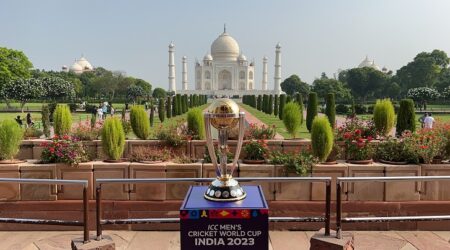By Bhaswati Bhattacharya
Medicines found in other medical systems than the mainstream are steadily being banned from being called medicines. Even if they help a person feel better, they have not considered medicines today. They do not conform to the new trend in the past century of Henry Wellcome’s patent for white pills pressed from pharmaceutical synthetic chemical powders. If anyone heals using non-pharmaceuticals, the media and miseducated pseudo-healers claim that the person healed “without medicines.”
Medicinal elements found in massage and music, art and herbs, gems, and breathwork shift the human sense of well-being and often also shift disease states, but still, they are now forbidden from being called medicine. Chemical pills, on the other hand, called English Medicine in much of India, which cause deleterious side effects, are often detrimental to other organs of the body, and almost always to the wallet, are considered “real cures.”
Long ago, scientists in the almost-infinite laboratory of the living forest created ways of harvesting the element that created healing, which they called praana. Harnessing this praana through brown pills, powders, poultices, decoctions, infusions, ashes, oils, fermentations, and distillations, they found they could shift the vibration of the patient consistently and thus called it aushadhi, medicine. In addition, they found that foods, chants, aasanas, gems, clothes, massages, and a variety of combinations alter the gunas and doshas that kept people stuck in imbalance and restored balance and ojas inside the deepest levels of the body.
The Wisemen used doshas and gunas as the crux for diagnosis and medical decisions simply because they worked.
The logic of Ayurvedic medicines is elegant. The wise physicians of the past saw that certain foods affected certain doshas. For example, the liver’s actions, with its immense detoxification effects, are known as ranjaka pitta. Colored substances emerged from the liver and created a color in the blood, the skin, the bile. These scientists saw that when we eat more mineral-rich foods that reach our liver, they give some tools needed by the liver in its immense detox factory, what we now call enzymes and biotransformation complexes. If people were fed consciously, with attention to foods that changed the way the body digests, the liver would often self-repair. Better building blocks to the factory of cells that house the DNA of the liver actually changed the way that DNA produced the proteins that were on the liver’s DNA blueprints. These building blocks include trace minerals, metals, and elements of integrated force. Minerals and metals found in healthy plants can be used to shift the DNA in specific organs, not only the liver.
Ayurveda whispers however that the herbs should be combined specifically for each patient. Knowing which one to use depends on the digestive fire, gastritis or gut symptoms that can be aggravated, bowel movements patterns, and usual diet, as well as the patient’s age, climate, and lifestyle.
Just as all western apothecaries would titrate a small amount of chemical-specific to the patient and create sachets of chemical combinations just 150 years ago, Ayurvedic physicians designed specific combinations of these herbs, not only powders but other forms, to get to the liver. Meanwhile, modern pharmaceuticals are proven to damage the liver, and warning labels are included in the monograph to inform physicians so that they can be mindful. But no solution or remedy is given. Thus, a large focus today for ayurvedic physicians is to integrate liver formulas from Ayurveda alongside the pharmaceuticals that mainstream physicians prescribe. They may also prescribe breathwork, foods, and gems to shift the ranjaka pitta. The reality is that patients do not tell they are true stories to mainstream physicians because MDs bully patients not to use things that do not conform to their worldview.
The time is coming when patients will understand that an integrated combination of medicines from different medical systems works for severe diseases when the patient has lost control of their own health. Hopefully, the healthcare system will evolve to acknowledge the need for the patient to find solutions that work to help them truly heal, and not only those that make money for the system.

Bhaswati Bhattacharya










